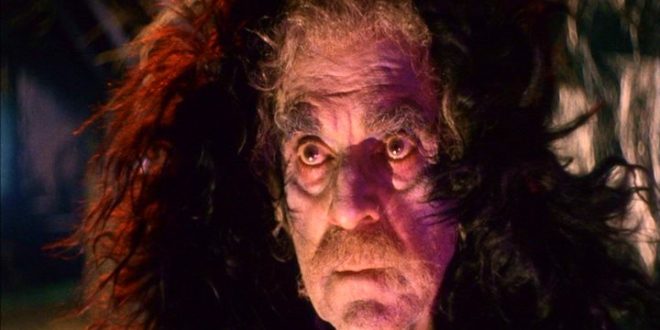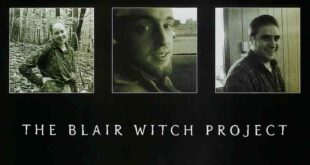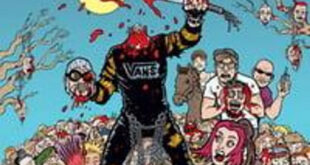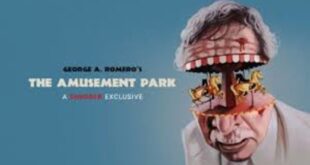Consisting of three separate tales, Mario Bava’s Black Sabbath is a considerably a more influential picture than you might think. For starters, it was one of the first horror films Bava was involved with, just after I Vampiri/Lust of the Vampire (1957), Black Sunday (1960) and Caltiki – The Immortal Monster (1959). However, Bava wasn’t exactly an amateur, having worked as a cinematographer on many comedies and dramas since 1943. That experience definitely paid off, with the ends results being used in Black Sabbath.
How influential is it? Honestly, there’s a chance you’ve never heard of it. Still, it’s had its impact. For example, have you ever heard of a little band named Black Sabbath? These pioneers of the metal genre got their very name from the movie!
If that’s not enough, it’s said that Quentin Tarantino was inspired by Black Sabbath’s story structure. He even stated in an interview with FilmComment:
“What Mario Bava did with the horror film Black Sabbath, I was gonna do with the crime film.”
Of course, Bava would extend his influence through other horror films, too, including A Bay of Blood (1971), which was a huge influence on the slasher genre, with filmmakers behind the Friday the 13th franchise often closely imitating its scenes.
The Tales
As stated, there are 3 tales here: The Telephone, I Wurdulak and The Drop of Water. That’s the great thing about anthologies: They give you options. If you don’t like one story, maybe you’ll like the next one. Granted, that only works if there’s at least one good story, but that’s something most anthologies manage. There should be something here for you! Personally, my favorite is The Drop of Water, with I Wurdulak coming in second place. The Telephone is a so-so segment featuring Michèle Mercier as Rose, who receives threatening and perverted phone calls, ostensibly from an escaped prisoner named Frank (Milo Quesada). It’s not a terrible story, but it’s not all that special, either.
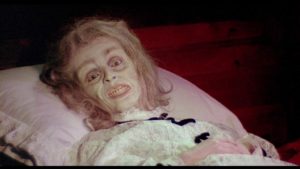
I Wurdulak, on the other hand, has that classic feeling of horror dread. Plus, you get to learn about a unique kind of vampire. In Slavic folklore, the Wurdalak is a creature who thirsts for the blood of either its family or those it loved most while alive. It has its roots in Aleksey Tolstoy’s The Family of the Vourdalak, written in 1839 (Bram Stoker didn’t write Dracula until 1897). Although it stars other decent actors – Mark Damon, Glauco Onorato, and Susy Andersen – most people will remember this segment for Boris Karloff, who does a memorable job playing the tragic character. Frankly, the Wurdulak only works on a limited level, but it can easily draw you in.
The Drop of Water is great because it relies overwhelmingly on psychological weirdness and primal, superstitious fear. The story couldn’t be simpler: A nurse named Helen Chester (Jacqueline Pierreux) steals a ring from a deceased woman, spilling a glass of water in the process. She is seemingly haunted by the woman in various ways, including a water droplet… or, could it be buried, psychological guilt over her pathetic act of theft? That’s one possible interpretation, anyway. The fact is, this story could be seen as many different things, but with all of them potentially haunting. This anthology may not reach the absolute height of horror storytelling, but it’s still enjoyable and better than much of what comes out nowadays.
Watch Black Sabbath right now!
What are your thoughts on Black Sabbath? Let us know in the comments!
 PopHorror Let's Get Scared
PopHorror Let's Get Scared
